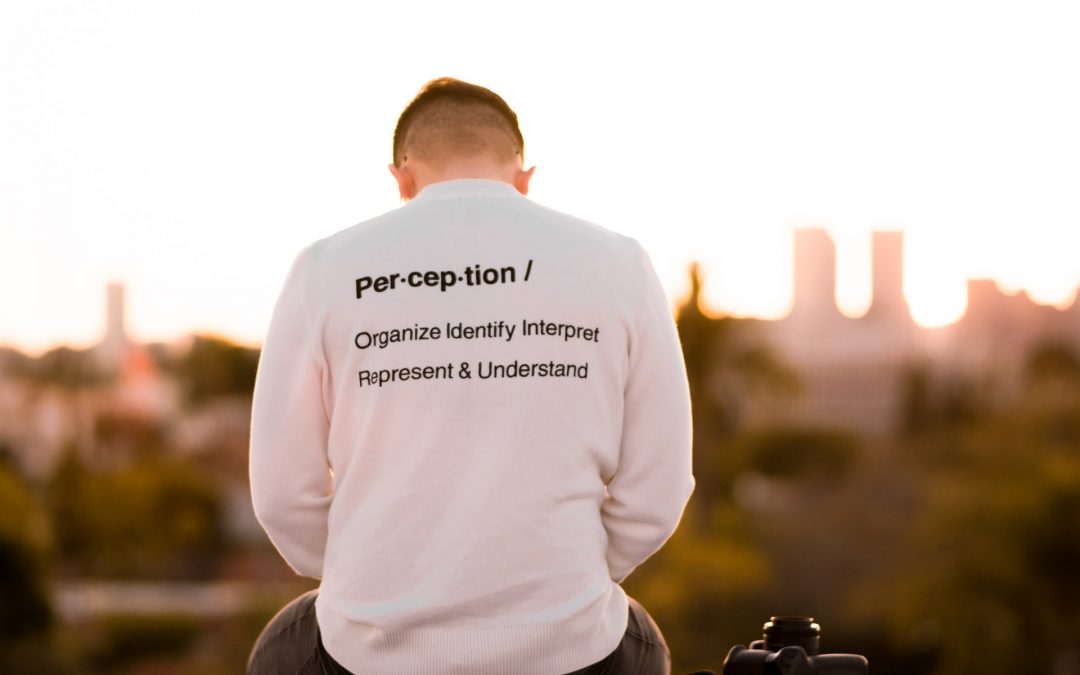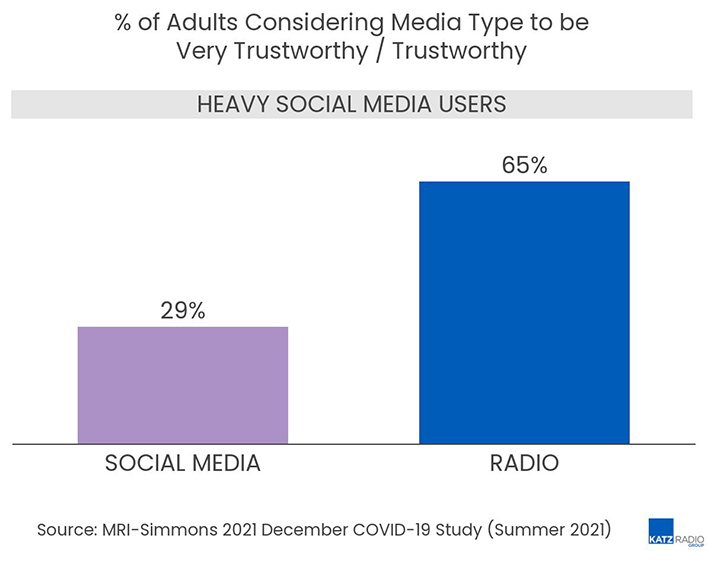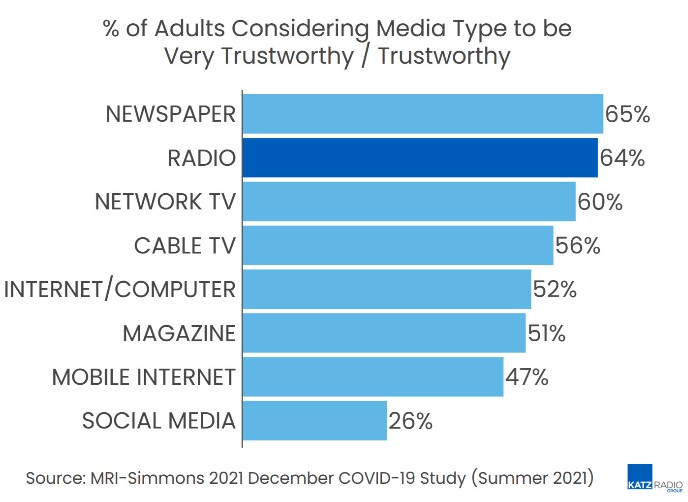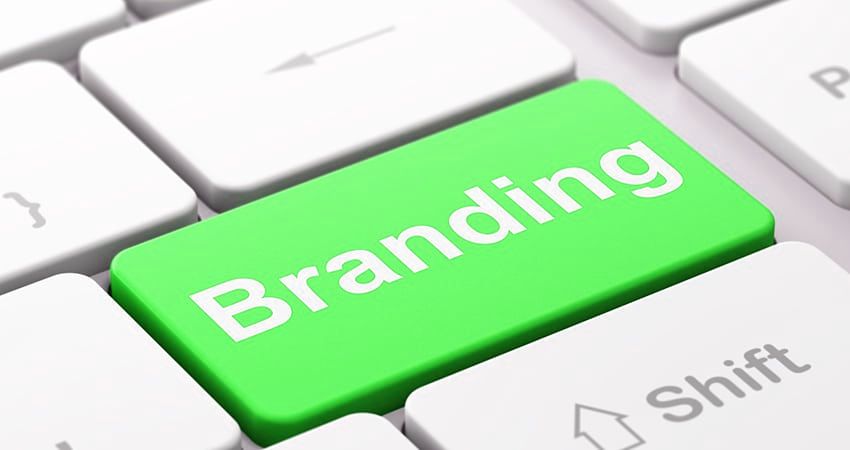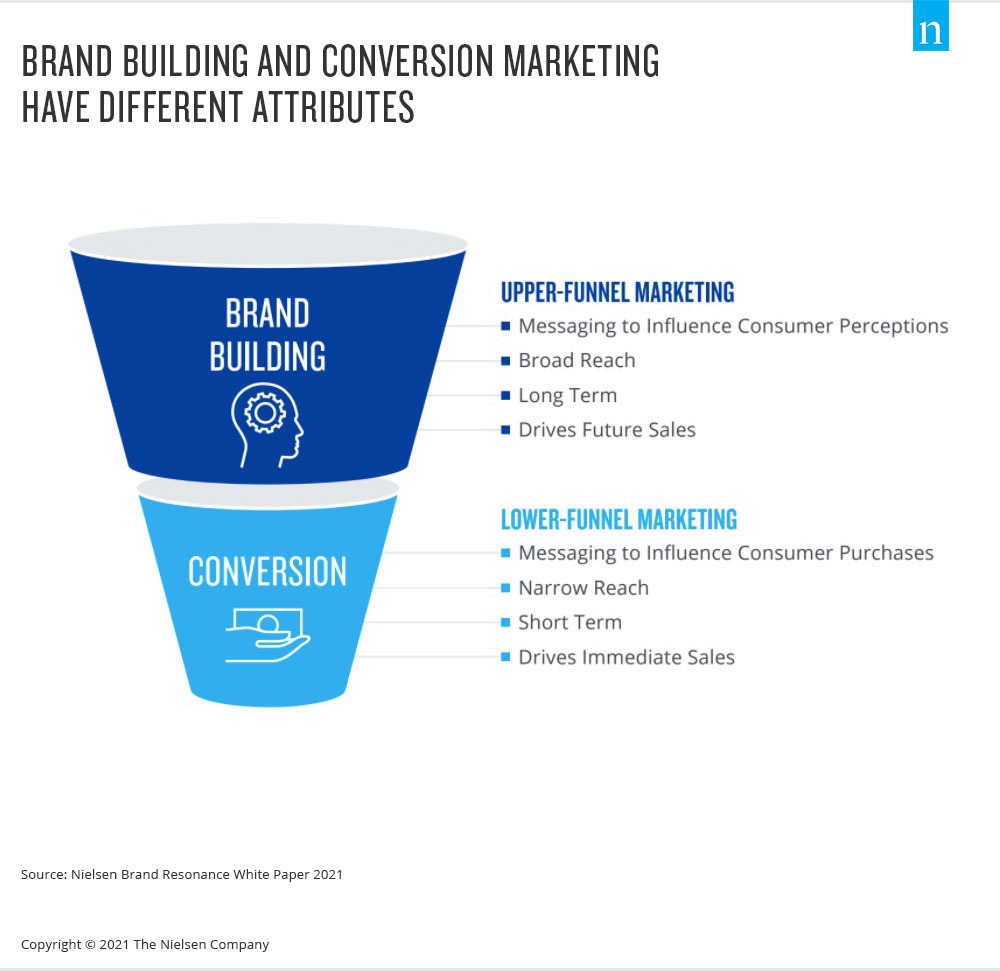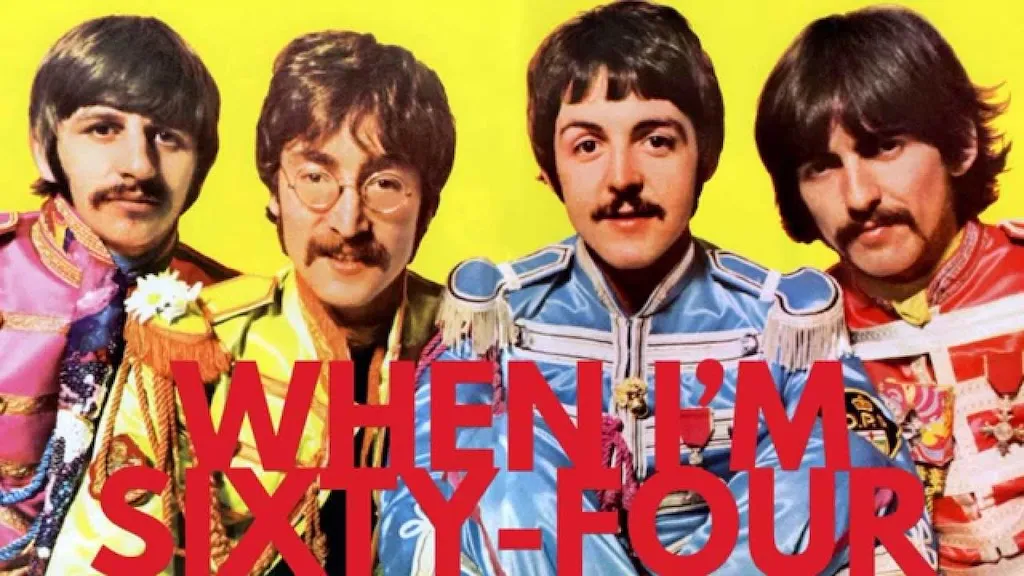
64 years ago
It’s birthday week for yours truly.
And there’s not much that I want, because if I really want it, I usually buy it myself.
Of course the best things in life aren’t things that you can buy anyway.
I’ve been doing a lot more reflecting on things lately, compared to a few decades ago, even more than 5 years ago.
The Covid-19 pandemic of 2020 kind of turned some of us to become more introspective because at the beginning, there was so much unknown and conflicting information. We were told that we just needed to stay home to flatten the curve for a few weeks and then as weeks became months, well you were there too.
25 years ago, I returned to Fort Wayne, Indiana to help my Mom downsize after the death of my Dad. I was just 38 that summer and my Mom had just turned 65. I’ll be that age next year, but my health is much better than hers was back then.
Last month, I happened to visit the radio station that gave me my first full-time on-air job as a teenager, and low and behold, there was a guy named Jim who had worked there all those years ago and he was there when I visited. He was having a birthday that week and turning 75, and still working in sales and on the air.
A few days later, I had coffee with my friend Lee to talk about a client. Lee’s a few years older than me and I’ve known him since I worked on the air at WMEE in my early 20’s.
And one more connection to my past happened back in October when I spoke to a college class at Trine University at the invitation of an old acquaintance of mine that I met nearly 20 years ago. He’s a professor now and invited me to speak to his class.
There’s also been the death’s of a few friends and family members in the past few years that have made me introspective and finally, I think one of the last items that has influenced what I’m sharing today was the role I had in our company from early 2020 until a couple months ago. I was the General Sales Manager of WOWO radio and then also a few other stations before returning to active sales a few weeks ago. As the General Sales Manager, a big part of my role was to hire, coach, train, and mentor my team. Now I get to lead by example again.
My desire is to pass along knowledge. It’s kind of weird, because I’m a curious person looking to learn myself and so as I talk to my elders, I want to know what they can teach me. And I’m at that age where I’m passing along and passing down what I’ve learned too. In a moment I’m going to share with you some resources that helped me and could help you too.
But first I recall when I was about 30 years old and creating advertising campaigns for businesses in Detroit. I had clients in numerous and varied businesses and I took what I learned from observation, from conversations and from experimentation, using their money and improved all of them. There was a guy Steve who had a transmission shop, a doctor named Tim who was working with his wife to build a health care practice, another man named Mike who ran a rental car business until we transformed it into the best used car dealership in the area and another favorite was a family headed up by Ed and his wife Sharon who created a small mortgage company with their daughters and we transformed it into a debt-reduction vehicle for thousands of homeowners.
This website started out years ago as a blog to save stories and articles online in case my laptop crashed and burned, and has become a resource for others as well as a creative outlet still for me.
So besides this website which will live as long as I pay the hosting fees, there are a few others that I recommend.
I also need to add this disclaimer that I read a lot less books than I did 30 years ago. Instead I listen, watch and research. With podcasts and online videos being available in much greater accessibility that 30 years ago, you may find a format other than paper books to be a preferred resource too.
Here we go with authors whose books I’ve bought and read and recommend to others:
Sales Leadership: Mike Weinberg. I’ve read three of his books and was a regular listener to his podcast when I was a sales manager. I was part of his launch team for his latest book, First Time Manager: Sales. Check him out here: https://mikeweinberg.com/
Marketing guru Seth Godin. A thought leader and I see he also has a podcast that I’m going to subscribe to: https://www.sethgodin.com/
Roy H. Williams, aka The Wizard of Ads, besides his books on marketing, he publishes a weekly newsletter called the Monday Morning Memo that includes a rabbit hole that often is fun and intriguing. http://www.rhw.com/youll-laugh-youll-cry/ is the link to his books and here’s the link to his MMM: https://www.mondaymorningmemo.com/
Art Sobczak has sales books that I’ve bought along with a podcast and blog at: https://businessbyphone.com/
There are three others that I’m going to recommend that had an impact on my 20, even 30 years ago:
Harvey MacKay https://harveymackay.com/ Harvey’s first two books on sales were so influential that my first year as sales manager I gave my team their own copy of them for their own use.
Trout & Ries. Al Ries and Jack Trout launched a series of books on Branding and Marketing in the 1970’s that I discovered when I started in the ad world in 1986. Al passed away just last year and his partner and daughter continues his work. https://www.ries.com/books/
The last recommendation is a book that I re-read every few years as a reminder of how to approach sales. Frank Bettger penned the book How I Raised Myself From Failure to Success in the 1940’s and here’s an Amazon link: https://www.amazon.com/Raised-Myself-Failure-Success-Selling/dp/067179437X
I urge you to be curious no matter how young or old you are and continue to seek knowledge and share with others too.


